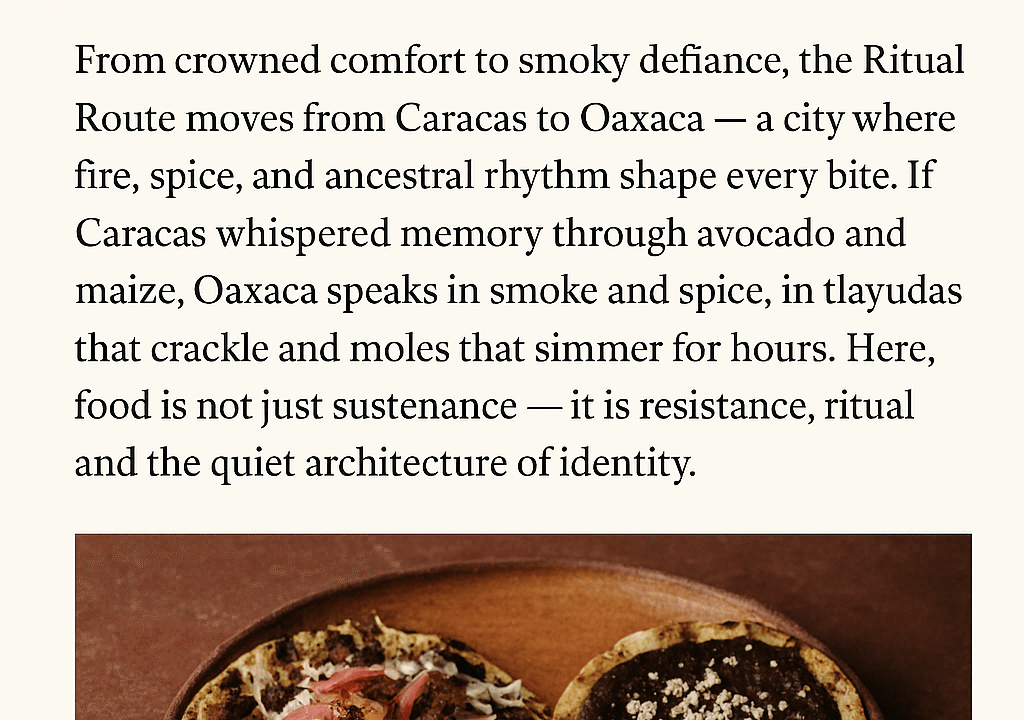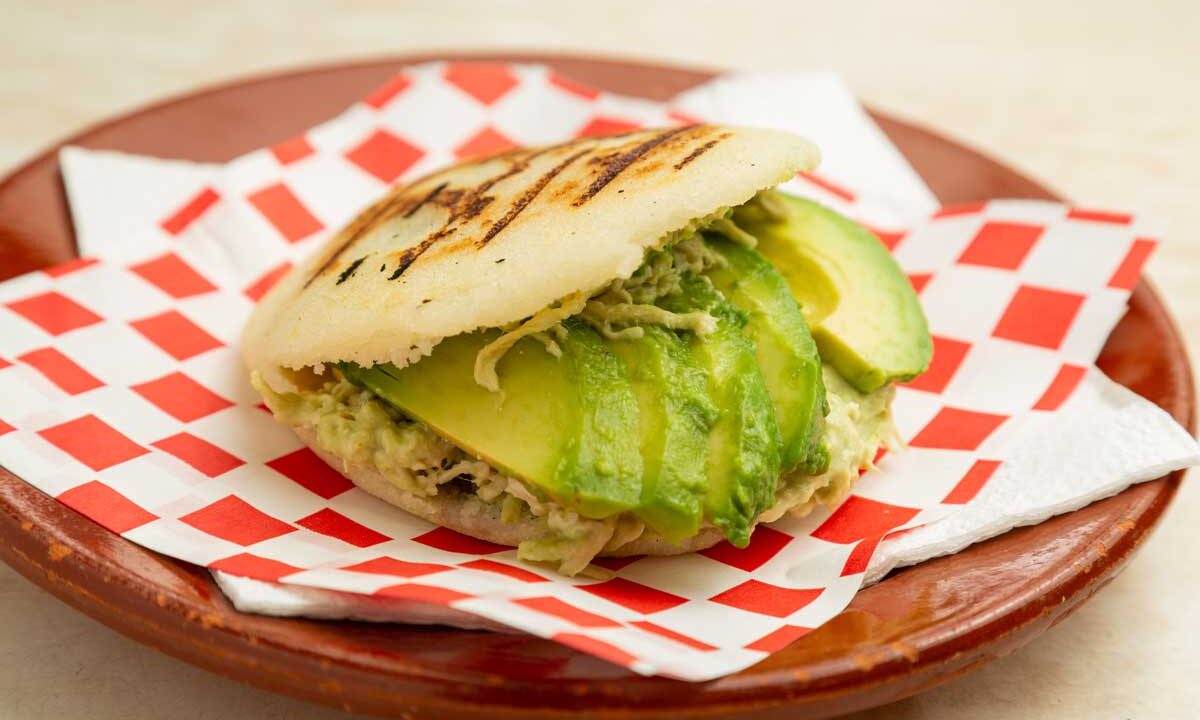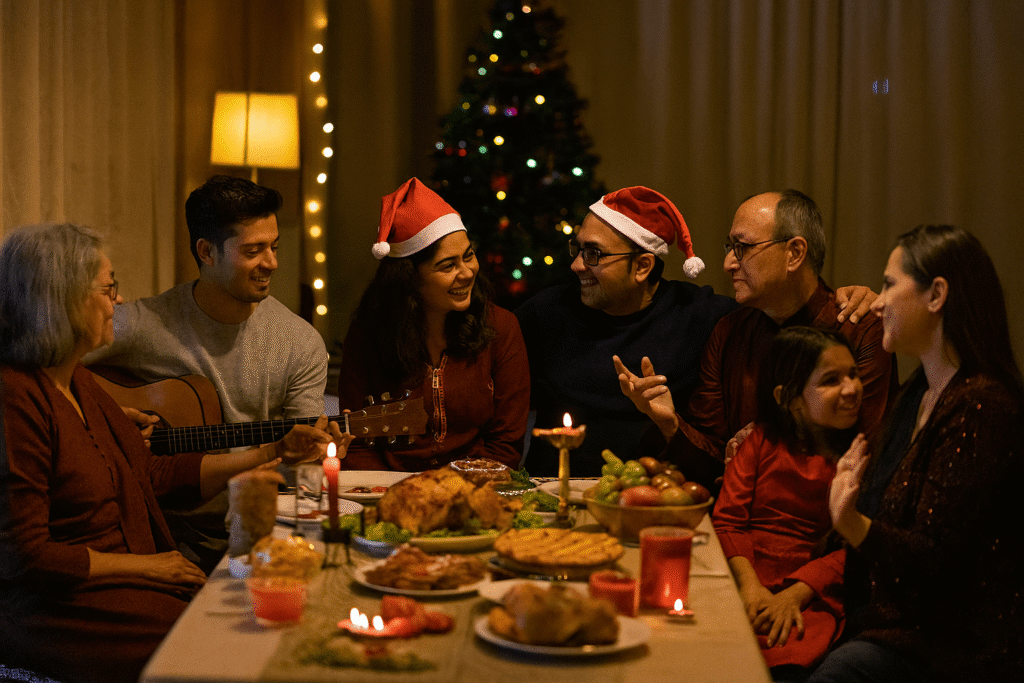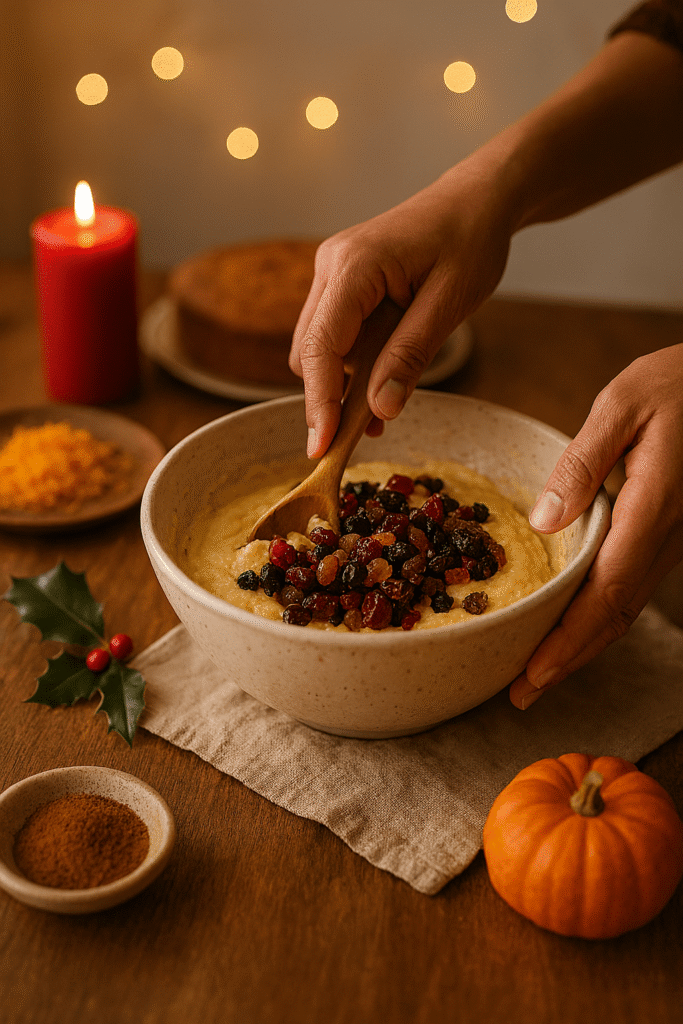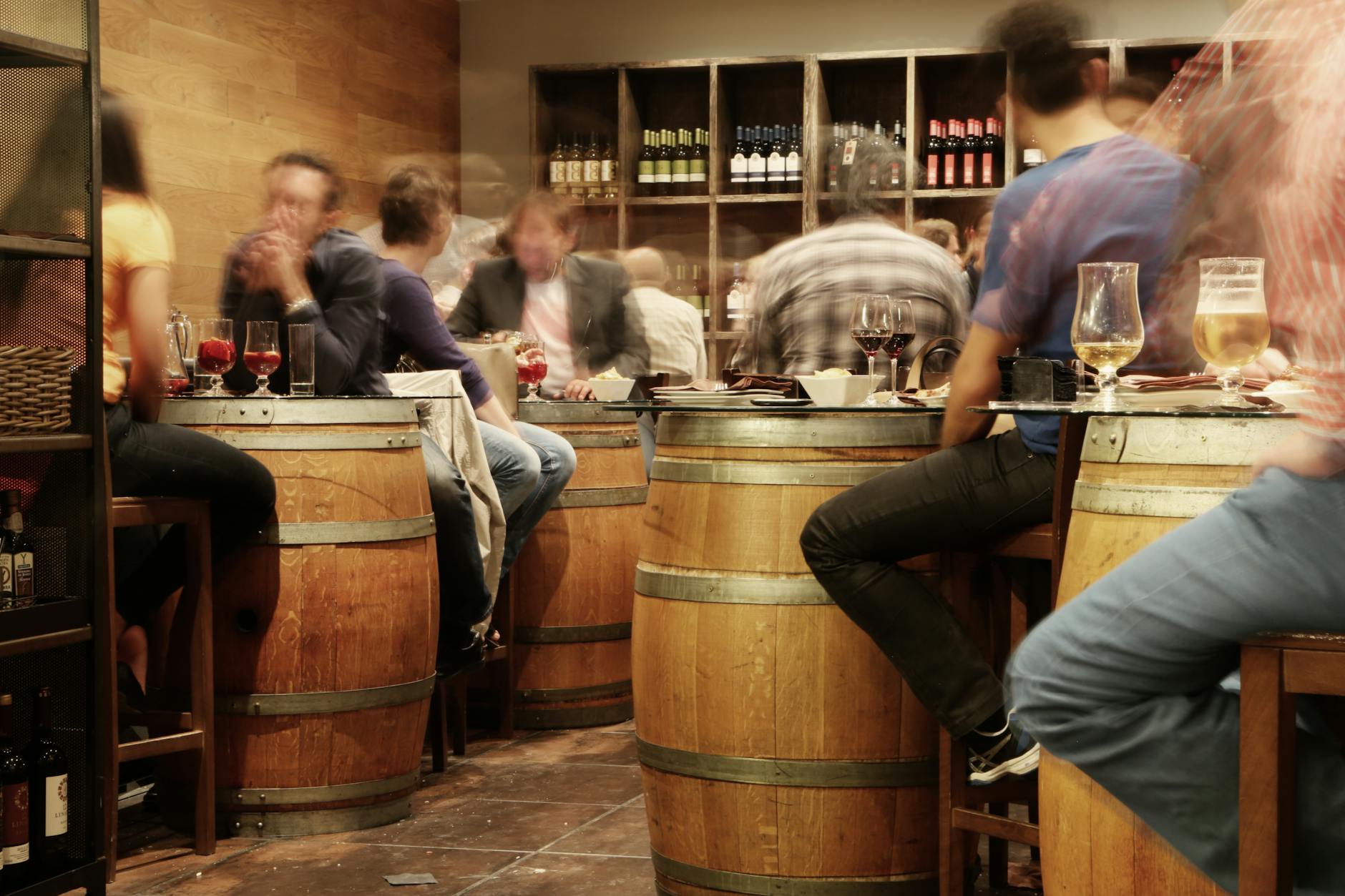When we travel, we often seek sunsets, landmarks, and shops—but what truly defines a place? It is on the plate. From the bustling tapas bars of Seville to the aromatic thali spreads in Mumbai, food is not just sustenance—it is storytelling.
Tapas: Spain’s Bite-Sized Social Ritual

Walk into any Spanish tavern and you will find locals sharing tapas—small plates of olives, jamon, patatas bravas, and more. But tapas are not just about the food. They are about connection. The tradition of hopping from bar to bar, sharing bites and stories, reflects Spain’s laid-back, communal spirit.
Did you know? The word “tapa” means “lid”—originally, bartenders covered drinks with small plates to keep flies away. Over time, those lids became snacks!
Tapas in Spain: A Culture of Connection
Tapas are small plates of food served with drinks, often shared among friends. But they’re not just snacks—they’re a social ritual.
Modern Twist: Indian chefs have embraced tapas, blending Spanish techniques with Indian flavors—think paneer croquettes or masala patatas.
Origins: Legend says King Alfonso X of Castile ordered drinks to be served with food to prevent drunkenness. Bar tenders began covering glasses with slices of bread or ham—hence the name tapa, meaning “lid.”
Cultural Role: Tapas are for relaxed, social eating. They reflect Spain’s laid-back lifestyle and communal spirit.
Typical Dishes: Patatas bravas, gambas al ajillo (garlic prawns), chorizo al vino, and croquetas.
Modern Twist: Indian chefs have embraced tapas, blending Spanish techniques with Indian flavors—think paneer croquettes or masala patatas.
Thali: India’s Culinary Symphony

In India, a thali is more than a meal—it’s a philosophy. Served on a round metal plate, it’s a curated experience of flavors: spicy, sweet, sour, and everything in between. From Gujarat’s farsan to Kerala’s sambar, each region tells its story through its thali.
- A well-balanced thali isn’t just delicious—it’s Ayurvedic. The variety of tastes and textures is designed to nourish both body and soul.
Food as Cultural Memory
Whether it’s the clink of wine glasses over tapas or the comfort of rice and dal in a thali, food anchors us to place. It’s how we remember a city, a conversation, a feeling. Culinary travel isn’t just about eating—it’s about understanding.
Thali in India: A Symphony of Flavors
A Thali is a complete meal served on a large plate with small bowls (katoris), each containing a different dish. It’s a culinary map of India.
- Philosophy: Thali represents balance—sweet, sour, salty, bitter, and spicy all coexist. It’s rooted in Ayurvedic principles of harmony.
- Regional Diversity: A Rajasthani thali might include dal baati churma, while a South Indian thali features sambar, rasam, and curd rice.
- Cultural Role: Thali is often served during festivals, weddings, and temple feasts. It’s a symbol of hospitality and abundance.
- Presentation: Traditionally served on metal plates or banana leaves, emphasizing sustainability and tradition.
What Food Reveals About Place
| Element | Tapas (Spain) | Thali (India) |
|---|---|---|
| Purpose | Socializing, snacking with drinks | Nourishment, ritual, celebration |
| Style | Small, shareable plates | Large platter with multiple dishes |
| Cultural Value | Leisure, community bonding | Diversity, hospitality, balance |
| Global Influence | Tapas bars worldwide | Thali menus in global Indian restaurants |
Food like tapas and thali isn’t just about taste—it’s about identity, memory, and belonging. They’re edible stories that invite you to sit down, share, and savor.
✈️ Planning Your Next Food Journey

